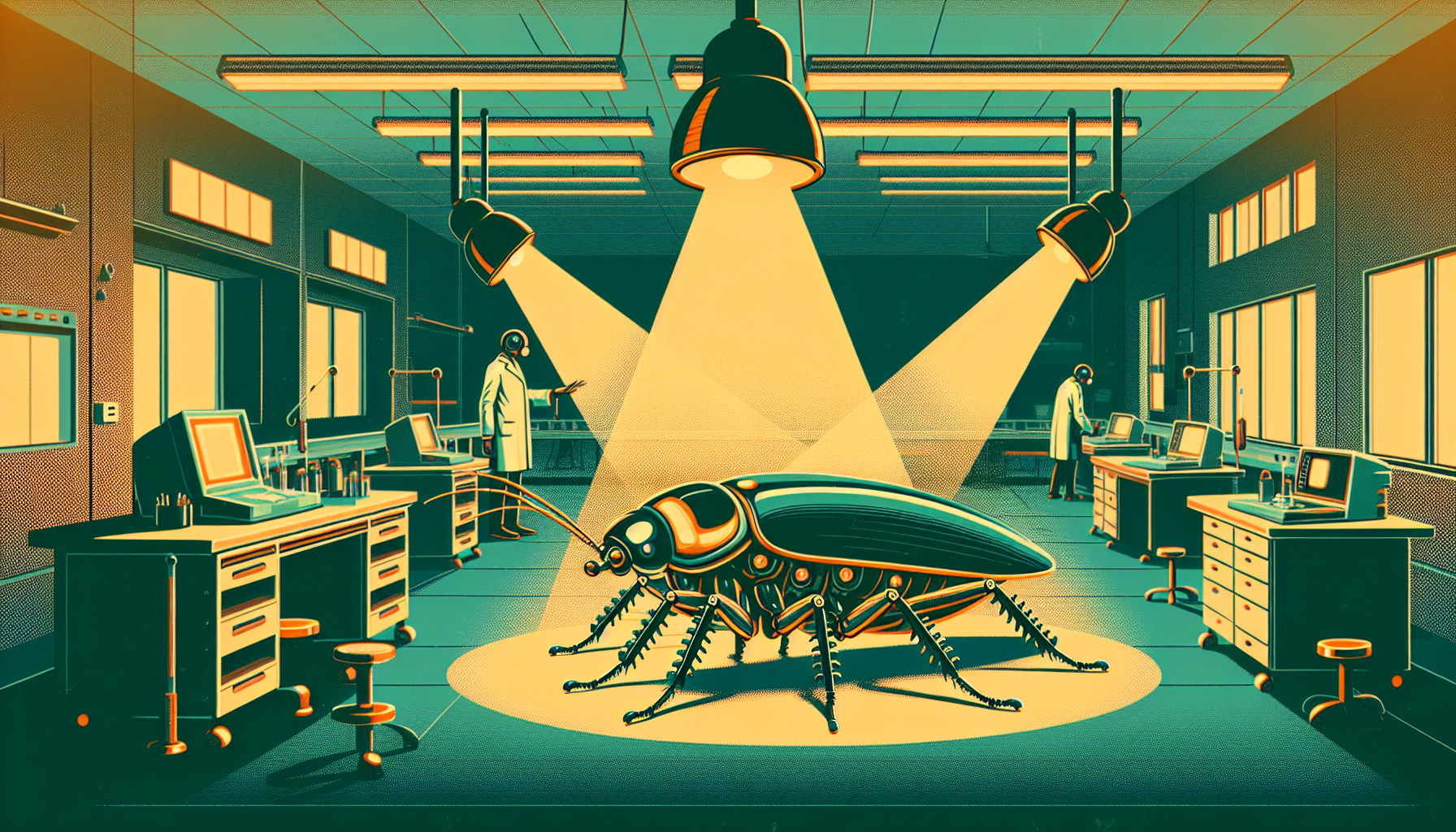In a profound leap forward, scientists at the University of Osaka have found a new way to guide cockroach cyborgs using only ultraviolet (UV) light. This gentle, innovative method could change how we think about the partnership between living creatures and robotics. By harnessing the cockroaches’ natural instincts, this breakthrough opens the door to technology that is safer, kinder, and more effective than ever before.
The Problem With Old Techniques
Controlling insects for robotics hasn’t always been easy—or kind. In the past, scientists relied on electrical stimulation to steer cyborg insects. This usually meant surgically implanting tiny electrodes into the insect’s body. For the cockroach, this process was both invasive and harmful. The electrodes could damage vital sensory organs, and the experience was stressful for the insect. Over time, cockroaches got used to the stimulation and stopped responding as well.
These methods also raised ethical problems. There were doubts about the long-term health of the insects, and whether it was right to cause harm for these experiments. On top of that, the complicated surgeries and the insects’ declining responsiveness made the technology hard to use in real-world situations.
A Gentle Light As Guide
The Osaka team took a different path. They realized that cockroaches already possess a strong instinct: they naturally move away from bright or ultraviolet light. Instead of forcing the insects with electricity, scientists decided to work with this built-in behavior.
They created a lightweight, wearable device—a small “helmet” with UV LED lights—that fits on the cockroach’s head without hurting it. Instead of touching the nervous system, the device simply shines light into either the left or right eye. The cockroach, following its instincts, moves away from the UV light, turning left or right as guided.
How Does It Work?
The technology is elegantly simple. When the LED shines UV light into the cockroach’s left eye, the insect naturally moves to the right to get away from the light. When the right eye is illuminated, the cockroach moves left. By controlling which light is on, researchers can steer the cockroach wherever they want—without physical force or harm.
Because this method uses the cockroach’s own instincts, it avoids damaging its body or mind. The insect is free to move, only guided by the gentle push of light. The need for surgery, wires, and constant electrical jolts is completely removed.
Why This Matters
Tiny cyborg cockroaches could do important work that neither people nor machines can perform alone. In dangerous search and rescue missions, these agile creatures could slip through rubble after earthquakes, sending back information from places too tight or risky for humans to reach. They could monitor the environment, searching for chemicals or radiation in hard-to-access spots. They could even help scientists study natural ecosystems without causing disturbance.
By avoiding harm to the cockroaches, this technology also makes these missions more sustainable. The insects can be used longer without injury or lasting stress. The risk of ethical concerns is greatly reduced, and the whole approach respects the insect as a living partner, not just a tool.
Impressive Results
Experiments have already shown how powerful this technique can be. In tests, 94% of cockroaches wearing the UV “helmets” successfully navigated complex mazes—unlike only 24% of cockroaches without the guiding light. This striking success reveals how well the method works, and how much potential it has for future technology.
The development of light-driven cyborg cockroaches stands as a remarkable achievement in science. It offers a new way to connect biology and robotics—a partnership built not on force, but on respect for natural behaviors. As research goes forward, this gentle technique could guide many more discoveries, leading to a world where technology works with life, not against it.

Leave a Reply